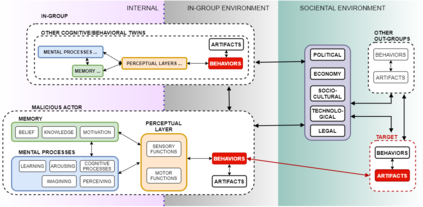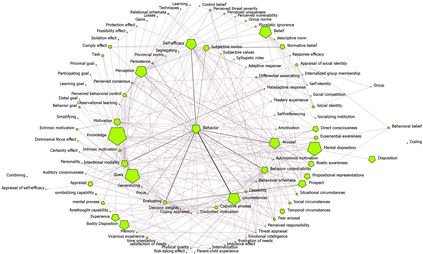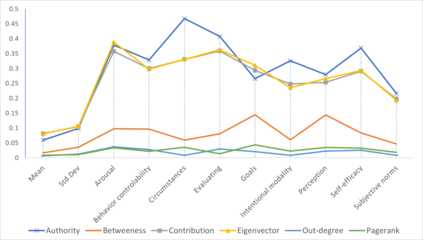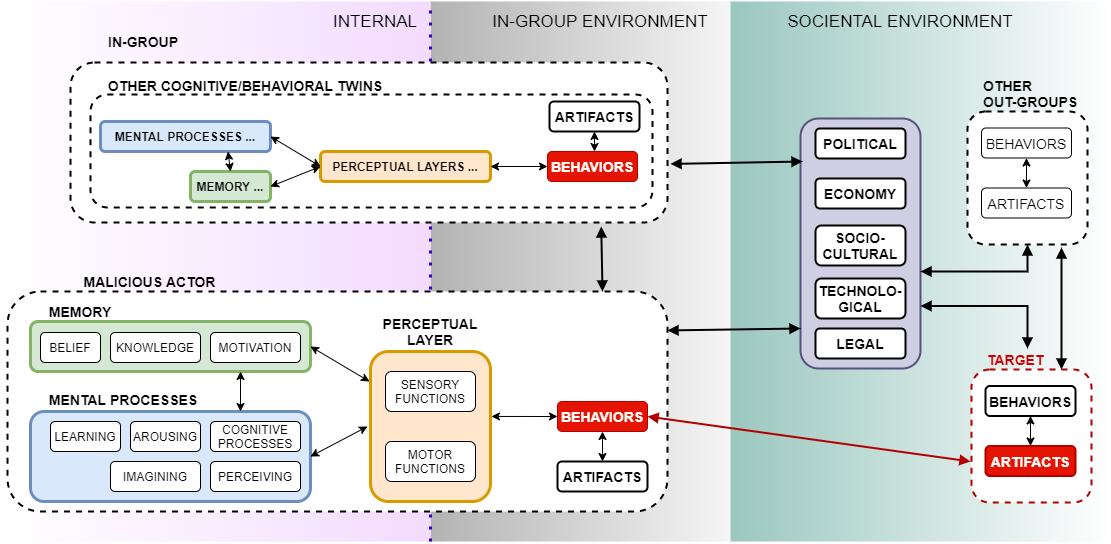Cyber defense is reactive and slow. On average, the time-to-remedy is hundreds of times larger than the time-to-compromise. In response to the expanding ever-more-complex threat landscape, Digital Twins (DTs) and particularly Human Digital Twins (HDTs) offer the capability of running massive simulations across multiple knowledge domains. Simulated results may offer insights into adversaries' behaviors and tactics, resulting in better proactive cyber-defense strategies. For the first time, this paper solidifies the vision of DTs and HDTs for cybersecurity via the Cybonto conceptual framework proposal. The paper also contributes the Cybonto ontology, formally documenting 108 constructs and thousands of cognitive-related paths based on 20 time-tested psychology theories. Finally, the paper applied 20 network centrality algorithms in analyzing the 108 constructs. The identified top 10 constructs call for extensions of current digital cognitive architectures in preparation for the DT future.
翻译:网络防御是反应性和缓慢的。 平均而言, 时间到记忆的时间比时间到复杂化的时间要大数百倍。 为了应对日益复杂的威胁景观, 数字双(DTs), 特别是人类数字双(HDTs) 提供了在多个知识领域进行大规模模拟的能力。 模拟结果可以提供对对手行为和策略的洞察力, 从而形成更积极的网络防御战略。 本文首次通过Cybonto概念框架提案巩固了DTs和HDTs对网络安全的愿景。 本文还贡献了Cybonto 肿瘤学, 正式记录了基于20个经过时间检验的心理学理论的108个建筑和数千个与认知相关的路径。 最后, 论文在分析108个建筑时采用了20个网络核心算法。 已确定的前10个构思要求扩大当前数字认知结构,以便为DT未来作准备。







